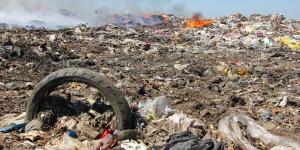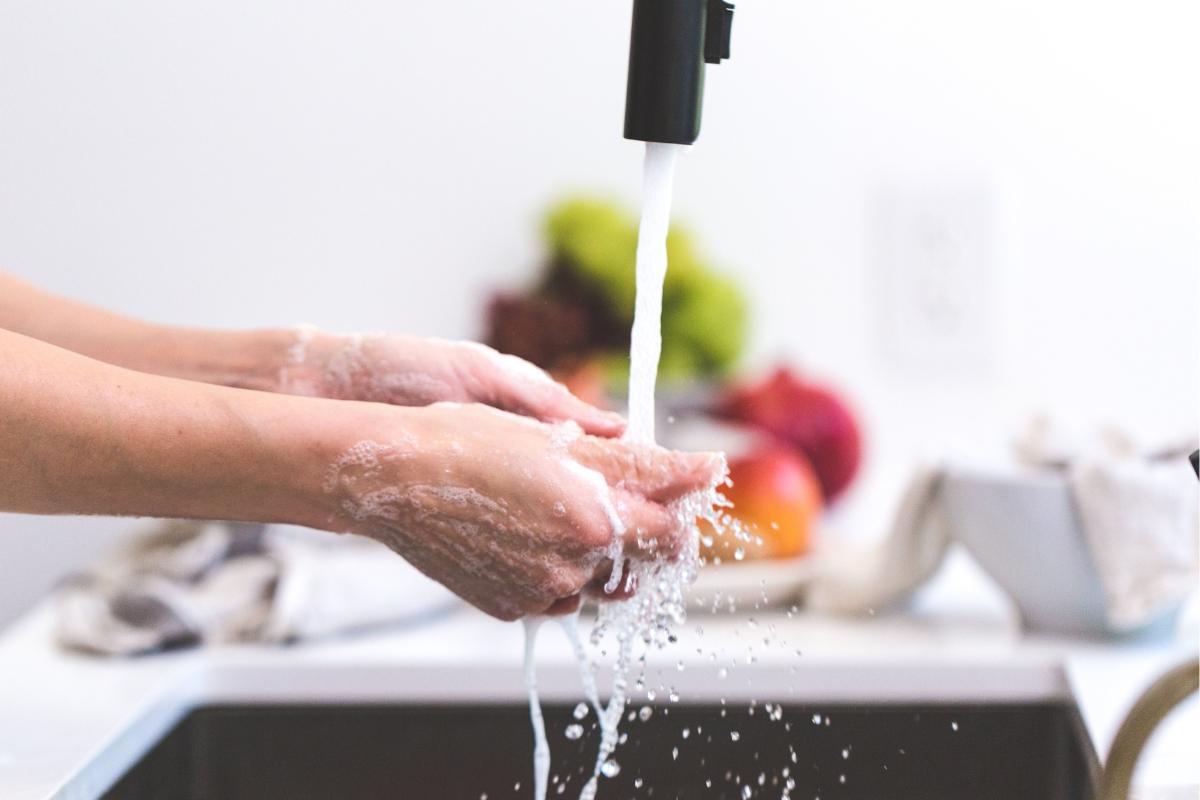Types of Cross Contamination in Food Preparation


Cross contamination in food preparation occurs when there is a transfer of various types of material which can result in food causing harm. This is often the case when microorganisms are spread from one food to another, resulting in the food become toxic to anyone who consumes it. However, there are other types of cross contamination in food preparation. For example, sometimes a food can become contaminated for one person which is perfectly edible to another. Regardless of the cause of cross contamination, its prevention is very important in the food industry as it can result in death in certain circumstances. thedailyECO examines cross contamination in food preparation to help avoid this possibility.
What is cross contamination in food preparation?
Cross contamination is a term used to describe the transfer of contaminants from one place to another. This can occur in various industries, not only in food preparation. For example, chemical contamination can occur when they are leached into a water source. Similarly, radioactive substances can contaminate soil if they are not properly disposed of. These are considered types of environmental impact.
In all of these cases, substances or material which is contained in one space is exposed to another and contamination occurs. In food preparation, this occurs when substances from one type of food contaminate another. Such contaminants are often in the form of bacteria, viruses, allergens or chemicals.
There are different ways that cross contamination can occur. For example, it can happen when the same kitchen equipment or utensils are used to handle raw and cooked foods without cleaning them properly beforehand. It can also occur when using a cutting board or knife that has been in contact with raw food which is then used to cut ready-to-eat food without washing.

Types of cross contamination in food preparation
There are different types of cross-contamination in food preparation. They are classified based on the source of contaminants or the transfer medium of said contaminants. Here are some examples of types of cross contamination when preparing food:
- Direct food cross-contamination: occurs when harmful microorganisms or substances are transferred from raw food to cooked or ready-to-eat food. This can occur through contaminated utensils, cutting boards, hands, work surfaces or even direct contact between raw and cooked food.
- Cross-contamination of surfaces: occurs when contaminants are transferred from a contaminated surface to a clean surface. For example, if a sponge is used to clean a dirty surface and then used to clean a food preparation surface without adequate rinsing, cross-contamination can occur.
- Cross-contamination of equipment and utensils: occurs when utensils, kitchen equipment or other food preparation tools are used to handle different types of food without being properly cleaned between uses. For example, using a knife to cut raw meat and then using it to cut vegetables without washing it.
- Allergen cross-contamination: refers to the transfer of food allergens from one food or surface to another. It can occur when allergenic foods come into contact with other foods, cookware, cutting boards or preparation surfaces. It will often depend on the level of sensitivity. For example, people with celiac disease are very allergic to gluten and only a small amount can result in a severe reaction. Some one with a mild gluten allergic may not experience any symptoms with the same amount.
- Chemical cross-contamination: occurs when hazardous chemicals come into contact with other products or areas where they should not be present. This can occur during chemical handling, storage or spillage, which can have serious health or environmental consequences.
These are just a few examples of the most common types of cross contamination. In general, cross-contamination can occur in any situation where the transfer of contaminants from one place to another occurs, which can endanger the health and safety of people.
Sometimes food which is meant to be thrown away is consumed or contaminates comestible food. Learn more with our article on what is organic waste?

How to avoid cross contamination in food preparation
Cross contamination must be avoided at all costs. If it occurs, it can result in people becoming very ill or having a severe reaction. These can be fatal, especially if the person is immunocompromised or particularly sensitive to an allergen.
For this reason, good hygiene and food safety practices must be follow. The following are some of the most important ways to avoid cross contamination of food:
- Proper hygiene: wash hands with warm, soapy water before and after handling food. Regularly clean and disinfect work surfaces, cutting boards, utensils and other kitchen equipment.
- Food separation: keep raw foods separate from cooked or ready-to-eat foods. Use different cutting boards, utensils and plates for raw and cooked foods. Avoid direct contact between raw food and ready-to-eat food.
- Proper storage: store food safely to avoid cross contamination. Keep raw foods in separate containers and at the bottom of the refrigerator to prevent them from dripping or contaminating other foods. Store ready-to-eat foods in closed containers or wrap them properly.
- Safe handling of utensils and equipment: wash and sanitize kitchen utensils and equipment after each use, especially when changing from one type of food to another. Use different utensils and equipment to handle raw and cooked foods or wash them carefully between uses.
- Allergen labeling and control: if you are preparing food for people with food allergies, be sure to clearly label allergenic foods and keep them separate from other foods. Use clean utensils and surfaces when handling allergenic foods and take care to avoid cross-contamination with other foods.
- Education and training: ensuring that everyone involved in handling food, whether in a home or professional setting, is adequately educated and trained on hygiene and food safety practices. This includes knowing how to prevent cross contamination and the importance of following good practice at all times. Professional chefs will need to ensure their food hygiene and safety certification is up to date.
It is important to remember that preventing cross-contamination is essential to ensure food safety. It will prevent diseases that can sometimes cause death, especially in the case of people with severe allergies. By following these measures and maintaining good hygiene when handling food, the risk of cross contamination can be significantly reduced.
Now we know about how to keep food safe from contamination in the kitchen, we can find out how food is kept safe during production. Learn more with our article on the difference between organic and natural food.
If you want to read similar articles to Types of Cross Contamination in Food Preparation, we recommend you visit our Pollution category.







